Happy Earth Day! When the oceans have boiled over and the birds have died out, when the coasts have receded and the scorched vegetation ceased smoking, at least we’ll still have the work of the sixteenth-century miniaturist Joris Hoefnagel to remember the natural world. A new book, Insect Artifice: Nature and Art in the Dutch Revolt, examines how Hoefnagel became infatuated with nature, and contains eighty color facsimiles of his masterwork, Four Elements, in which he depicts all manner of flora and fauna in stunningly detailed watercolors. A selection of these pages appears below.
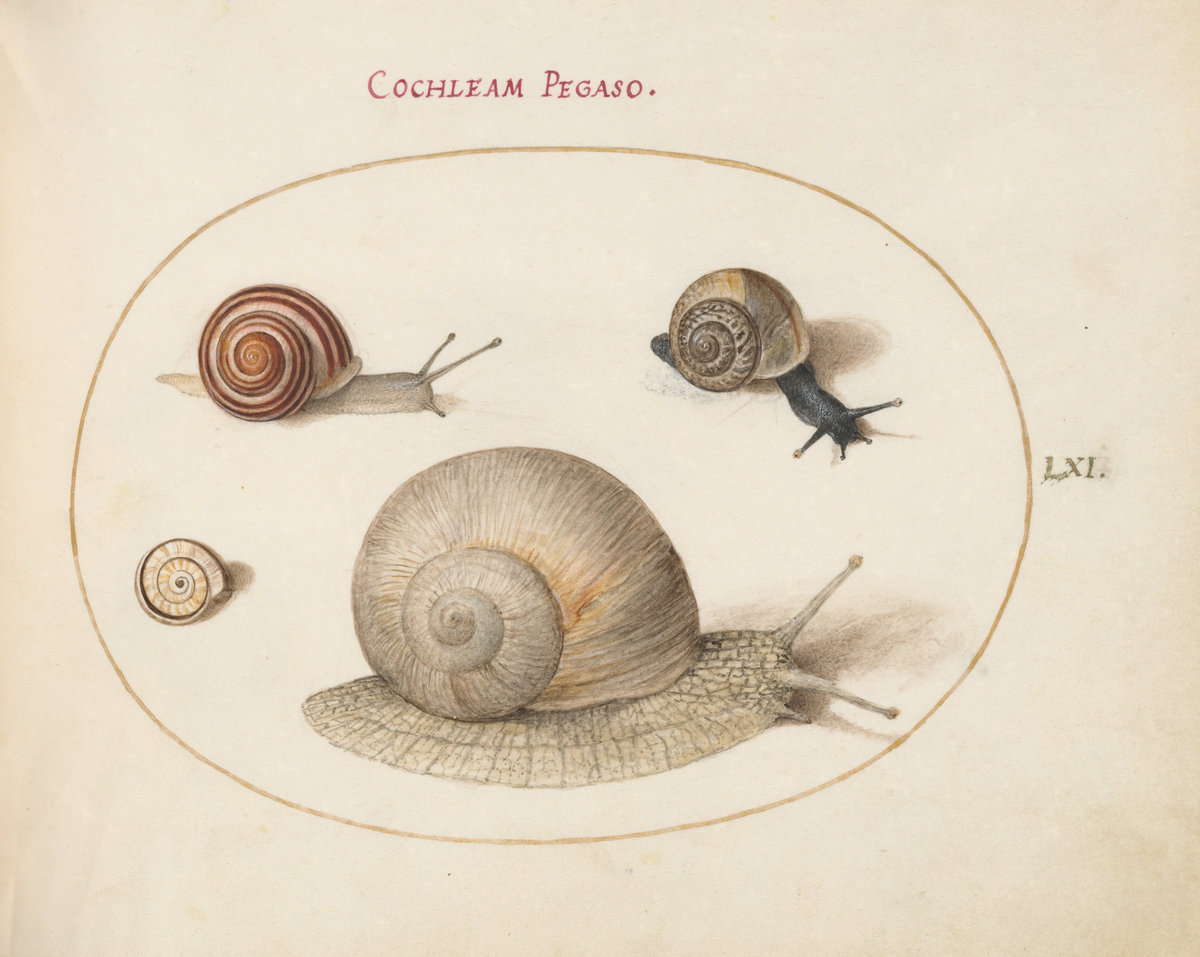
Joris Hoefnagel, Animalia Qvadrvpedia et Reptilia (Terra): Plate LXI, ca. 1575/1580, watercolor and gouache, with oval border in gold, on vellum. Gift of Mrs. Lessing J. Rosenwald. Courtesy National Gallery of Art, Washington.
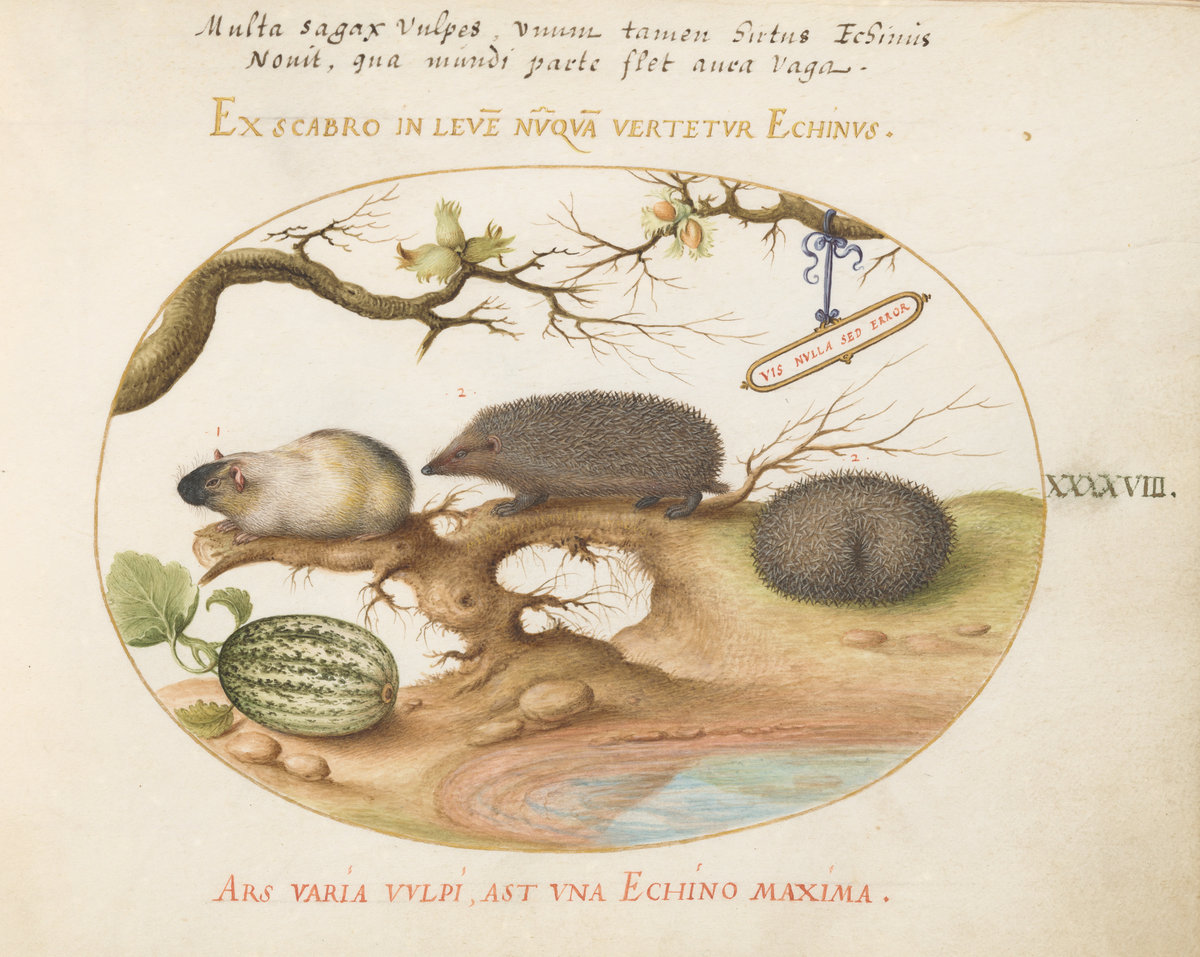
Joris Hoefnagel, Animalia Qvadrvpedia et Reptilia (Terra): Plate XLVIII, ca. 1575/1580, watercolor and gouache, with oval border in gold, on vellum. Gift of Mrs. Lessing J. Rosenwald. Courtesy National Gallery of Art, Washington
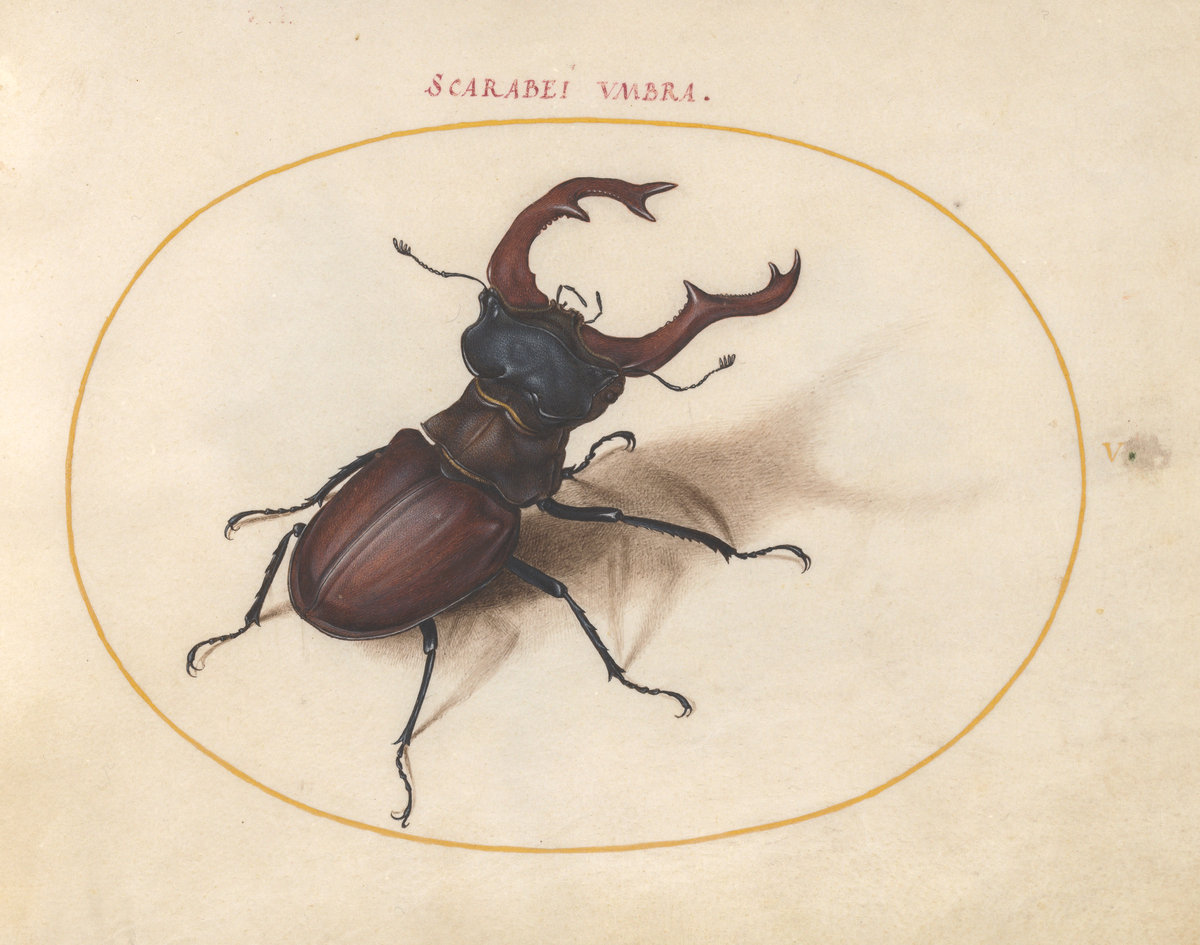
Joris Hoefnagel, Animalia Rationalia et Insecta (Ignis): Plate V, ca. 1575/1580, watercolor and gouache, with oval border in gold, on vellum. Gift of Mrs. Lessing J. Rosenwald. Courtesy National Gallery of Art, Washington.
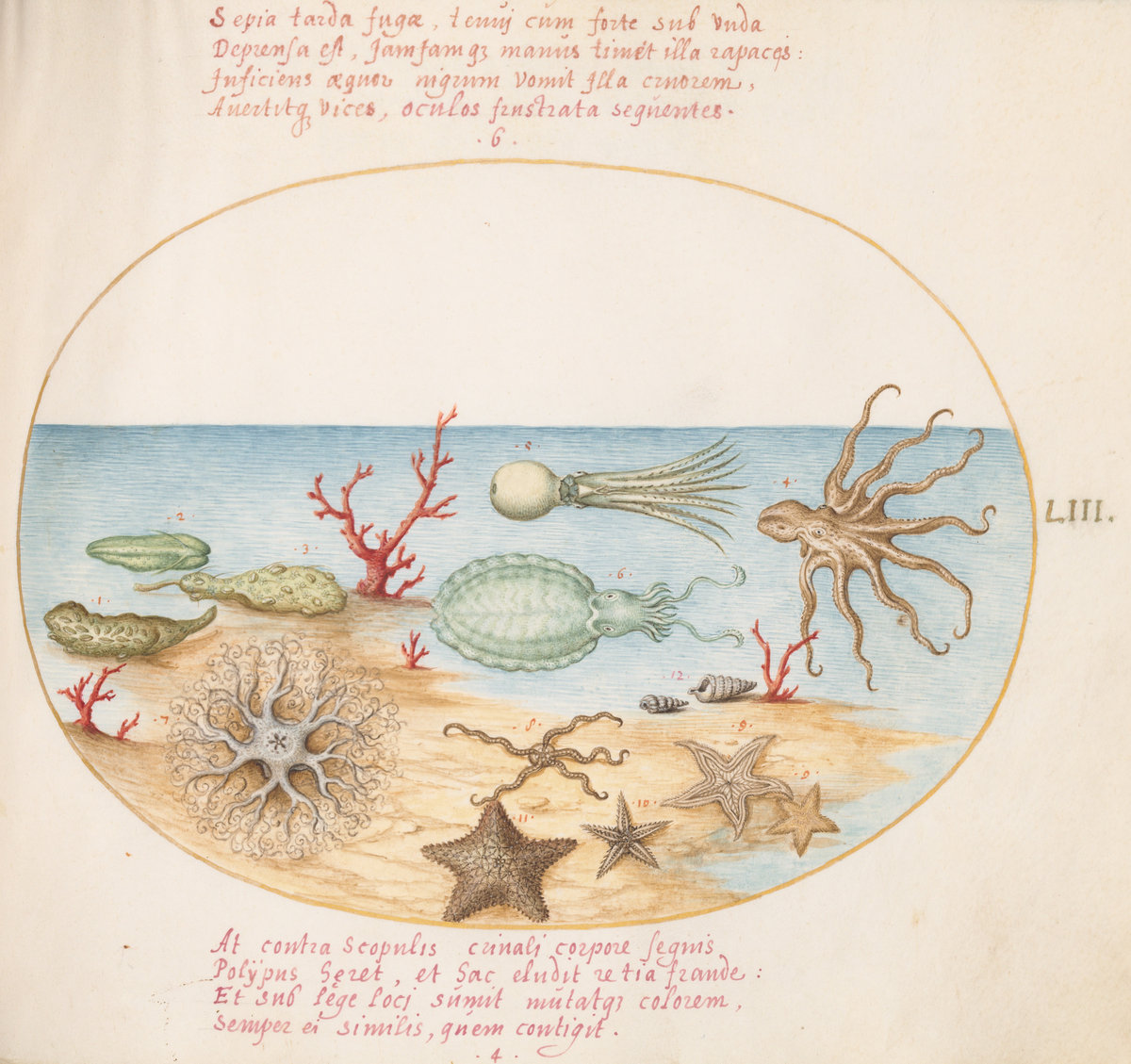
Joris Hoefnagel, Animalia Aqvatilia et Cochiliata (Aqva): Plate LIII, ca. 1575/1580, watercolor and gouache, with oval border in gold, on vellum. Gift of Mrs. Lessing J. Rosenwald. Courtesy National Gallery of Art, Washington.
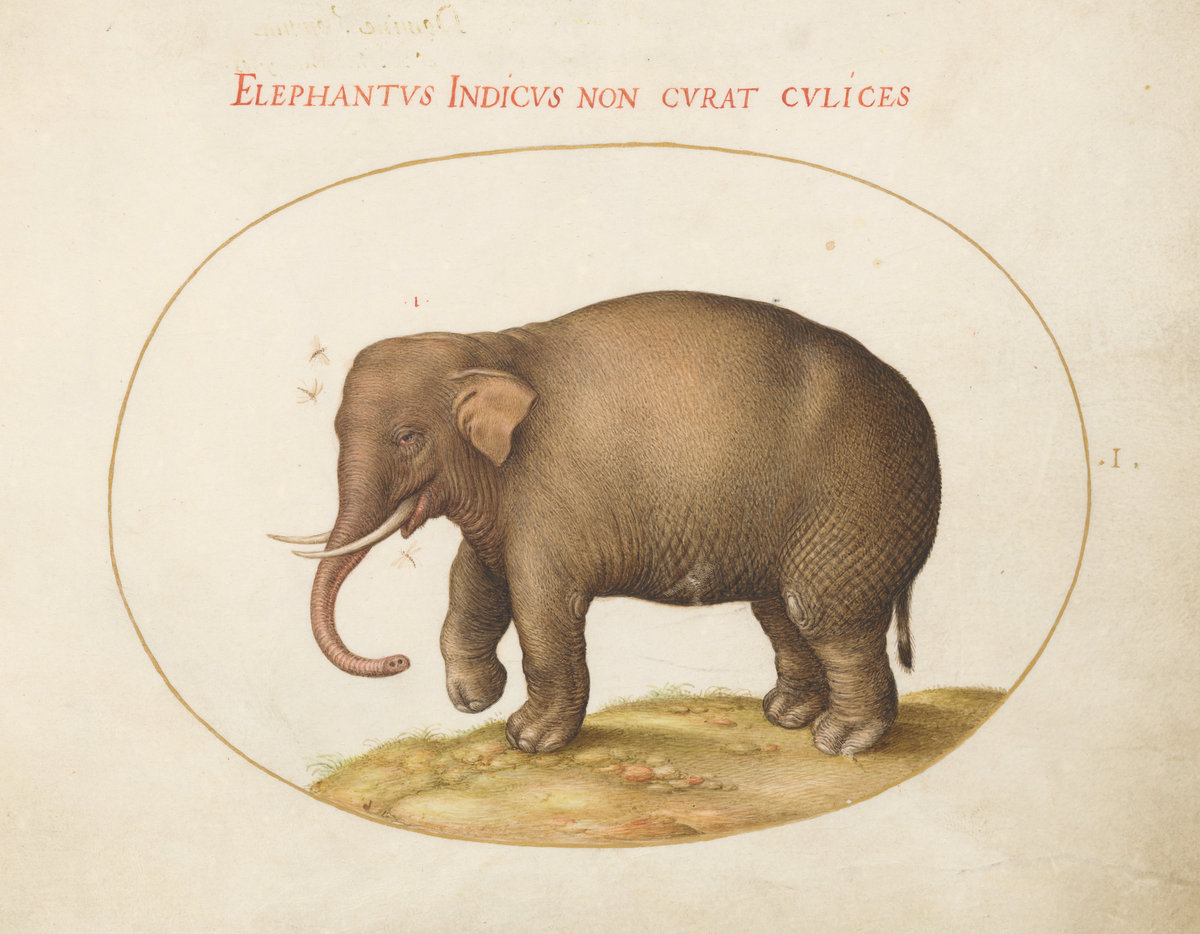
Joris Hoefnagel, Animalia Qvadrvpedia et Reptilia (Terra): Plate I, ca. 1575/1580, watercolor and gouache, with oval border in gold, on vellum. Gift of Mrs. Lessing J. Rosenwald. Courtesy National Gallery of Art, Washington.
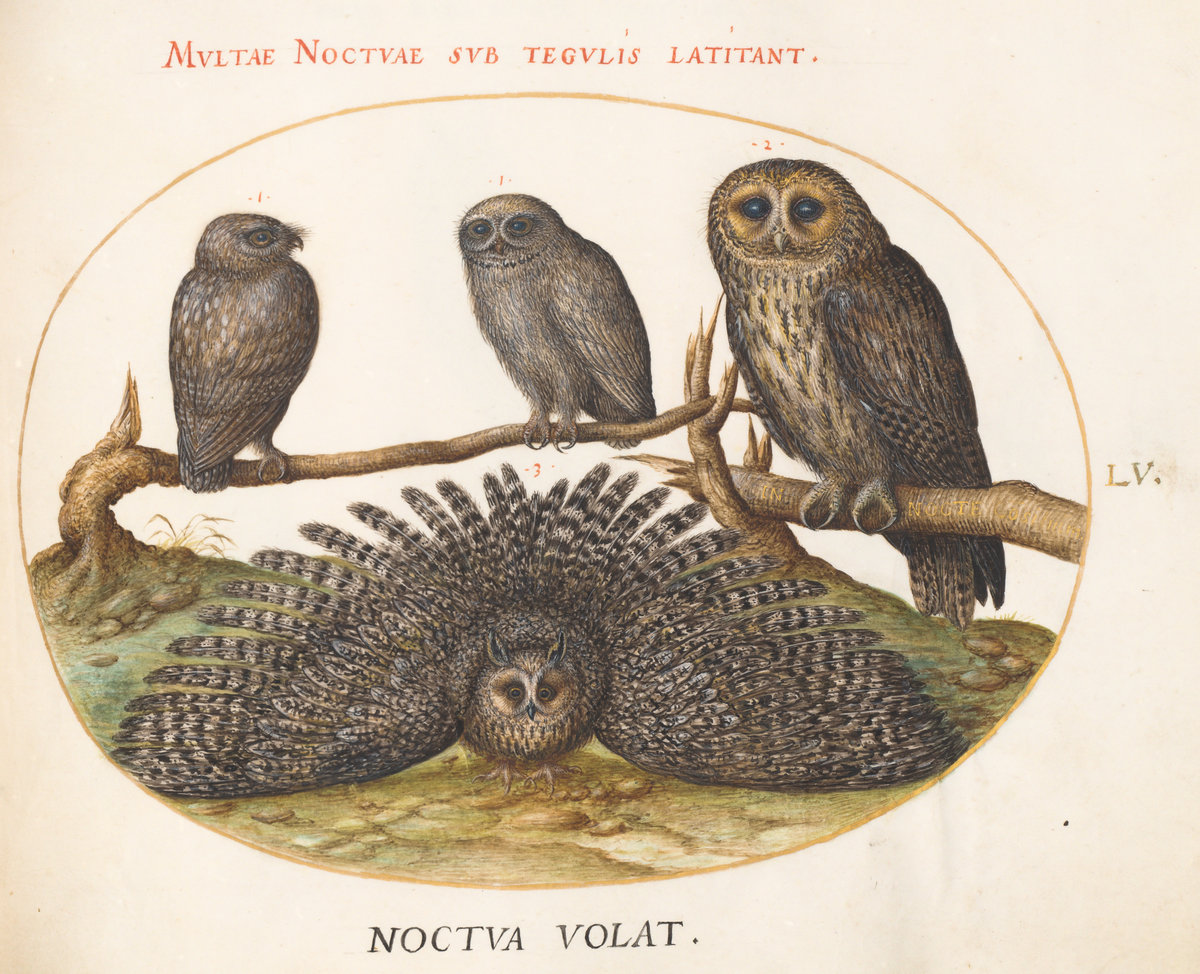
Joris Hoefnagel, Animalia Volatilia et Amphibia (Aier): Plate LV, ca. 1575/1580, watercolor and gouache, with oval border in gold, on vellum. Gift of Mrs. Lessing J. Rosenwald. Courtesy National Gallery of Art, Washington.
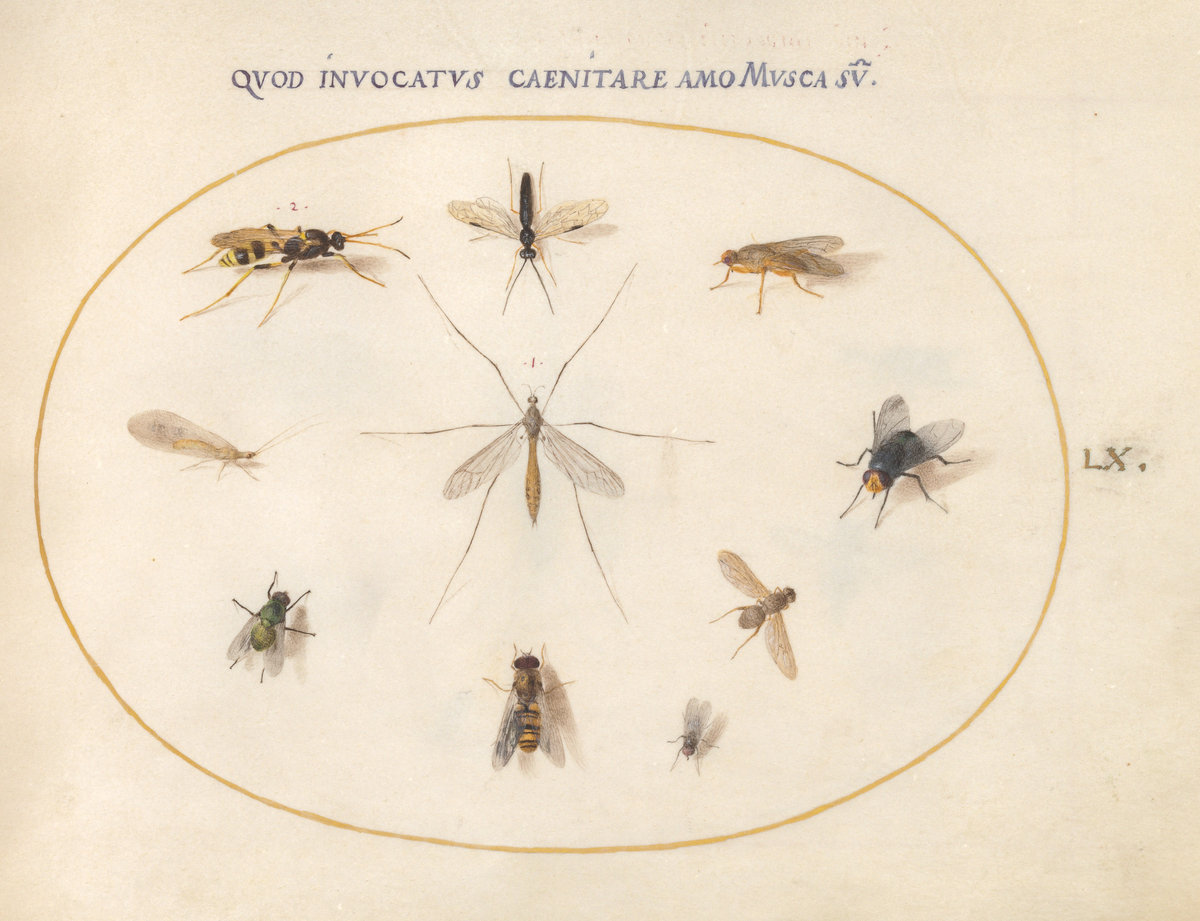
Joris Hoefnagel, Animalia Rationalia et Insecta (Ignis): Plate LX, ca. 1575/1580, watercolor and gouache, with oval border in gold, on vellum. Gift of Mrs. Lessing J. Rosenwald. Courtesy National Gallery of Art, Washington.
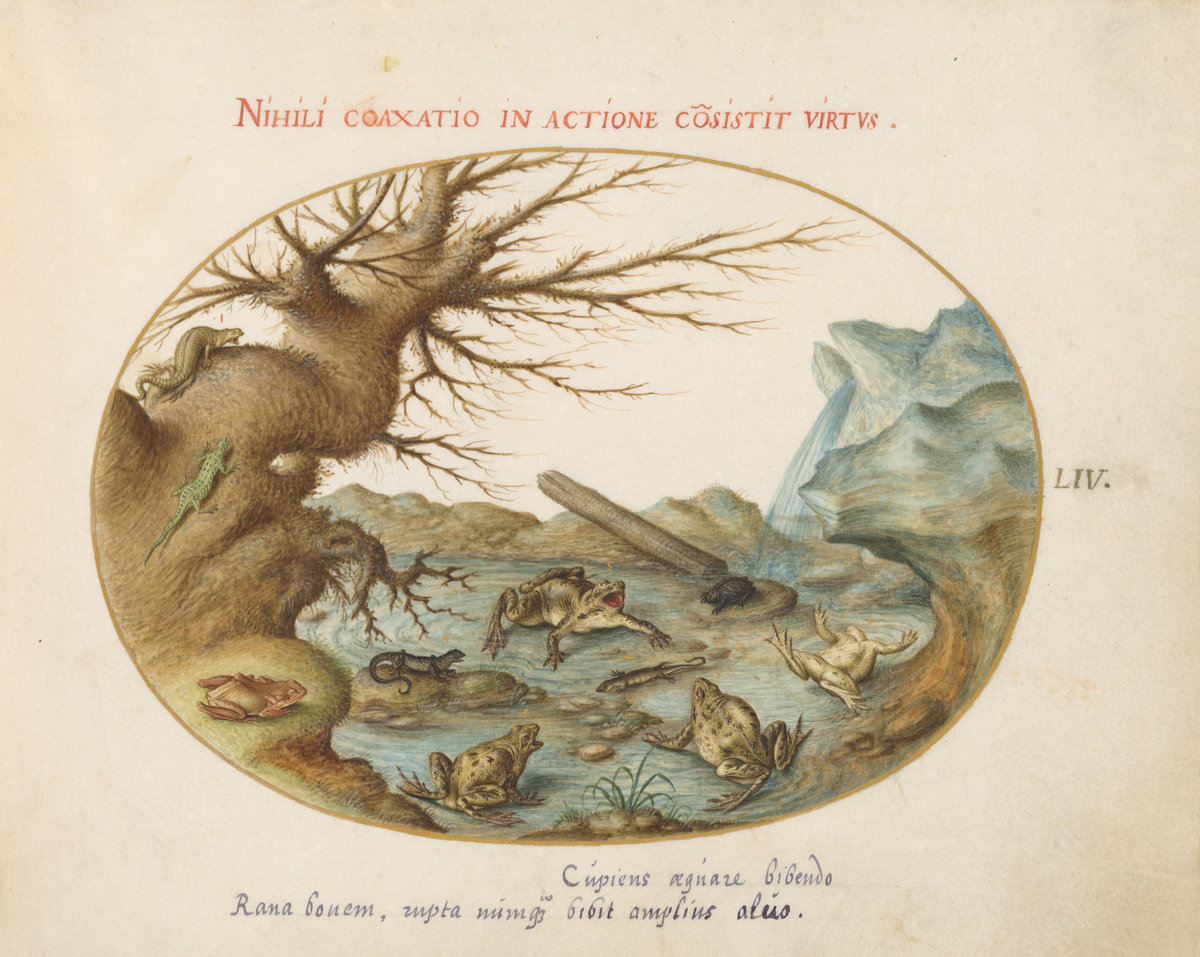
Joris Hoefnagel, Animalia Qvadrvpedia et Reptilia (Terra): Plate LIV, ca. 1575/1580, watercolor and gouache, with oval border in gold, on vellum. Gift of Mrs. Lessing J. Rosenwald. Courtesy National Gallery of Art, Washington.
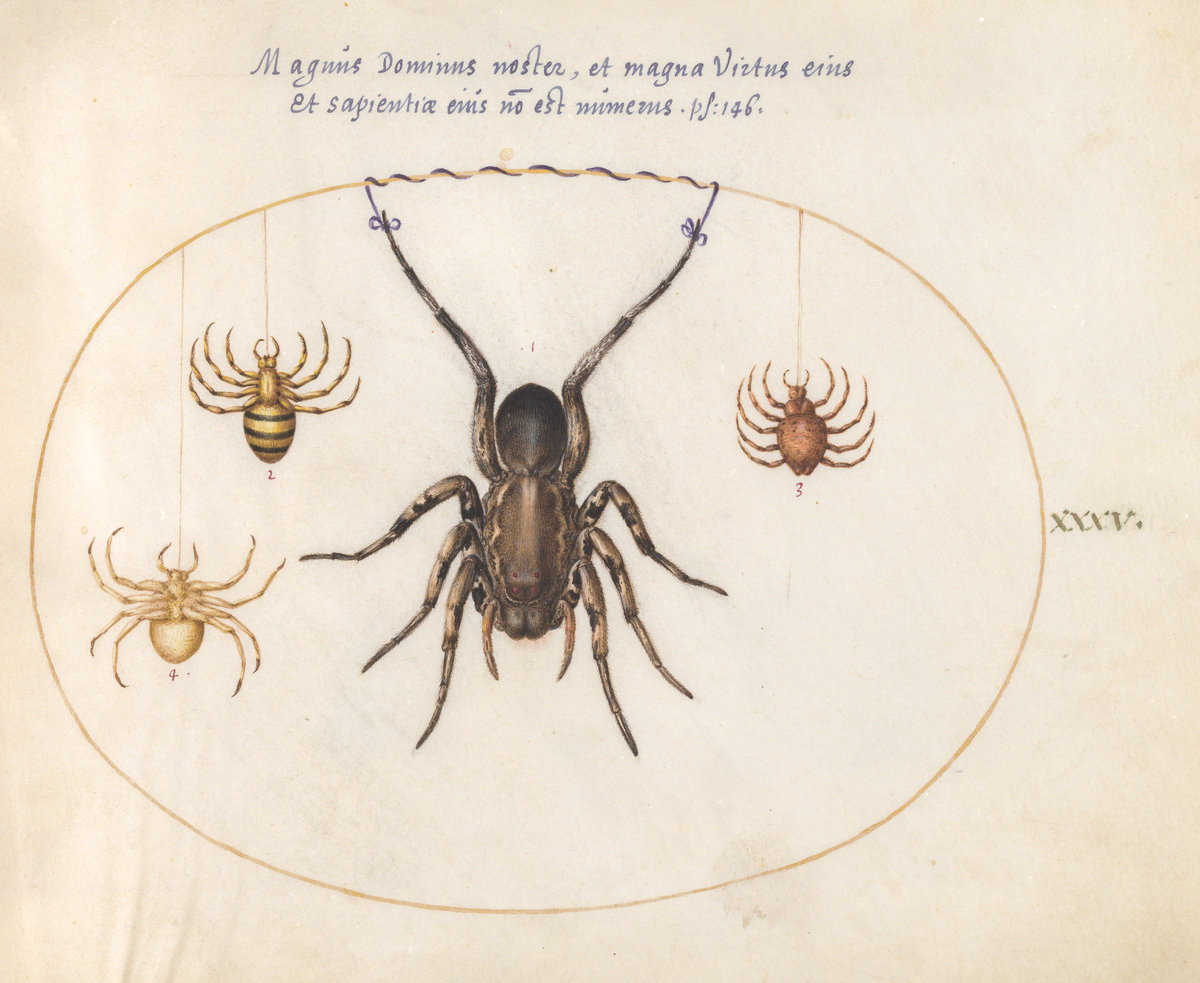
Joris Hoefnagel, Animalia Rationalia et Insecta (Ignis): Plate XXXV, ca. 1575/1580, watercolor and gouache, with oval border in gold, on vellum. Gift of Mrs. Lessing J. Rosenwald. Courtesy National Gallery of Art, Washington.
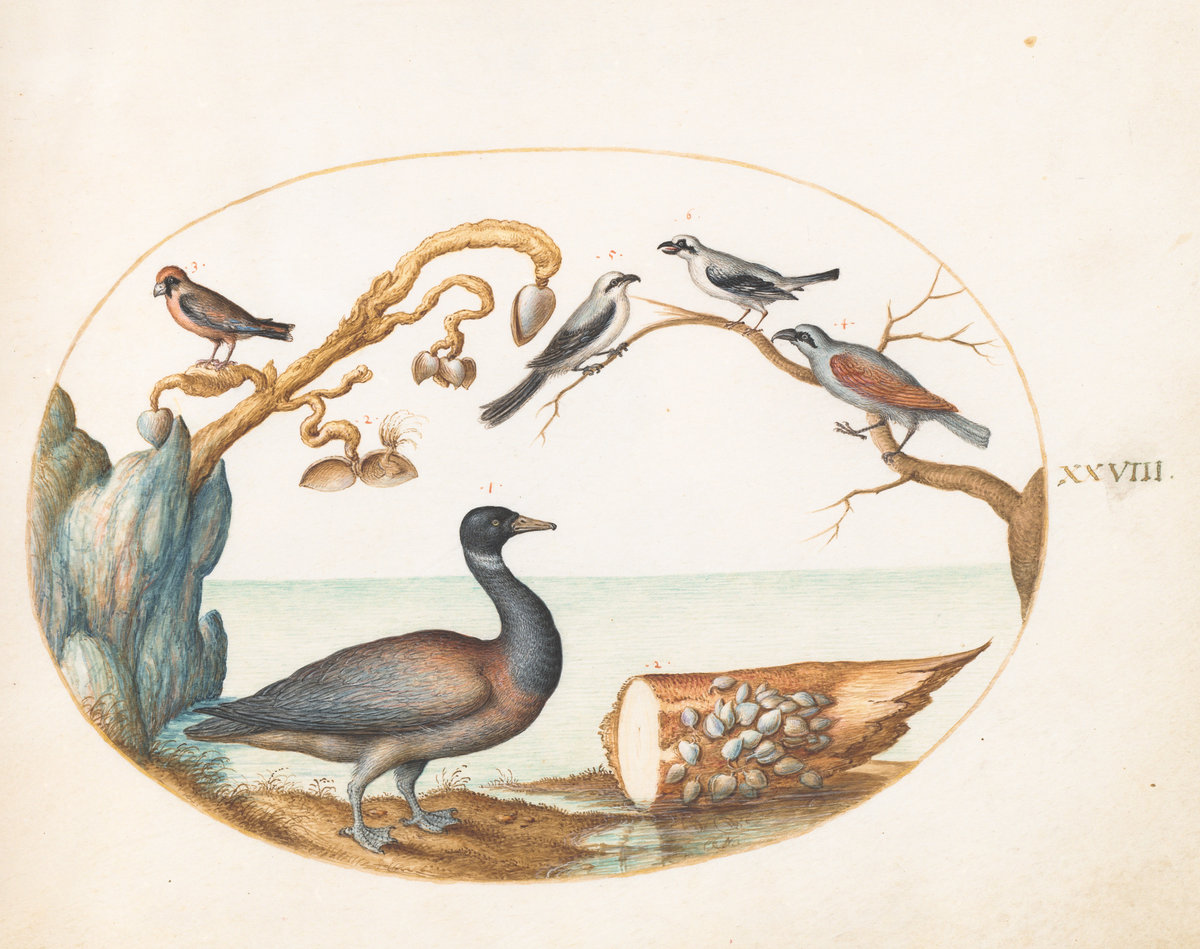
Joris Hoefnagel, Animalia Volatilia et Amphibia (Aier): Plate XXVIII, ca. 1575/1580, watercolor and gouache, with oval border in gold, on vellum. Gift of Mrs. Lessing J. Rosenwald. Courtesy National Gallery of Art, Washington.
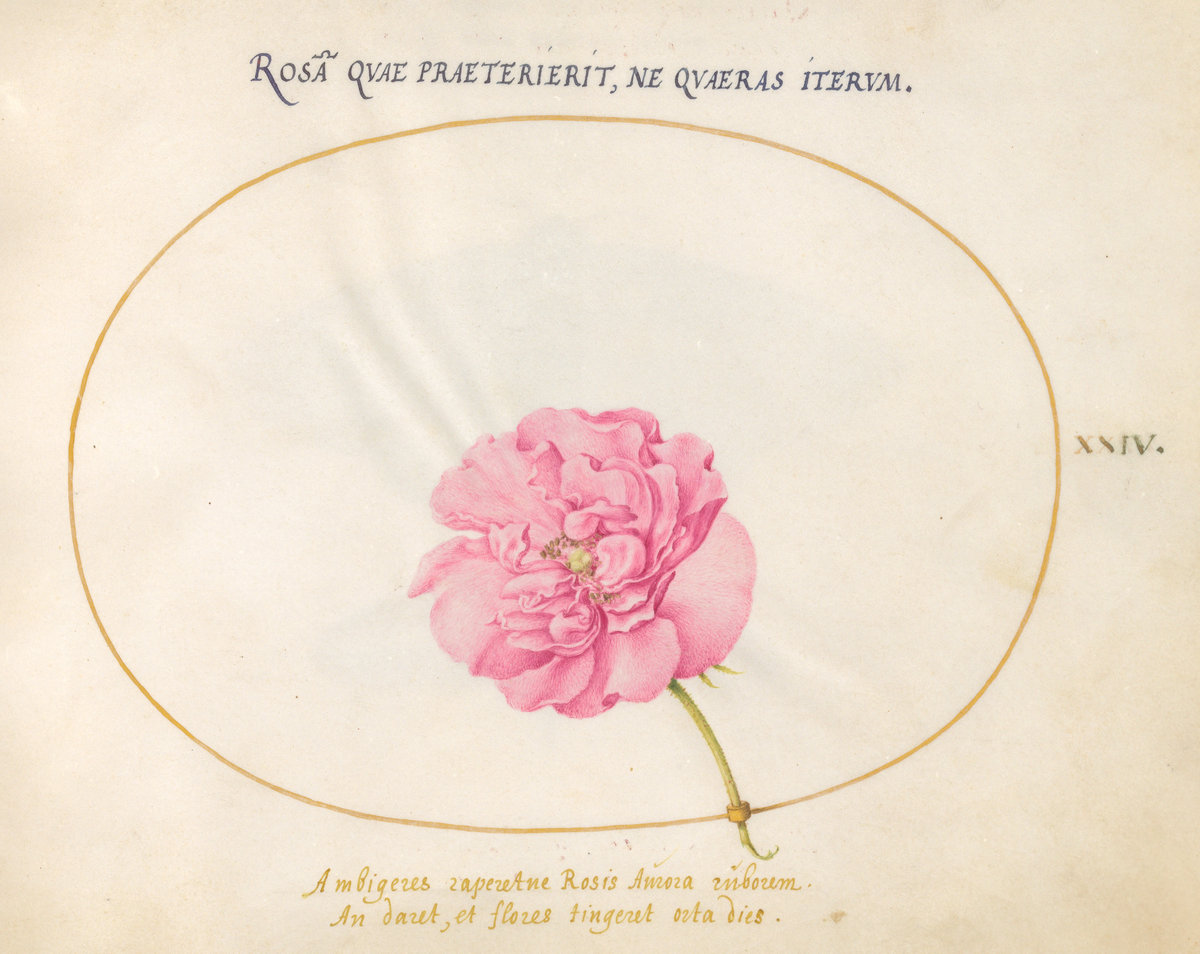
Joris Hoefnagel, Animalia Rationalia et Insecta (Ignis): Plate XXIV, ca. 1575/1580, watercolor and gouache, with oval border in gold, on vellum. Gift of Mrs. Lessing J. Rosenwald. Courtesy National Gallery of Art, Washington.
Excerpted from Insect Artifice: Nature and Art in the Dutch Revolt, by Marisa Anne Bass. Published by Princeton University Press. Copyright © 2019 by Marisa Anne Bass.
from The Paris Review http://bit.ly/2veC0PL
Comments
Post a Comment